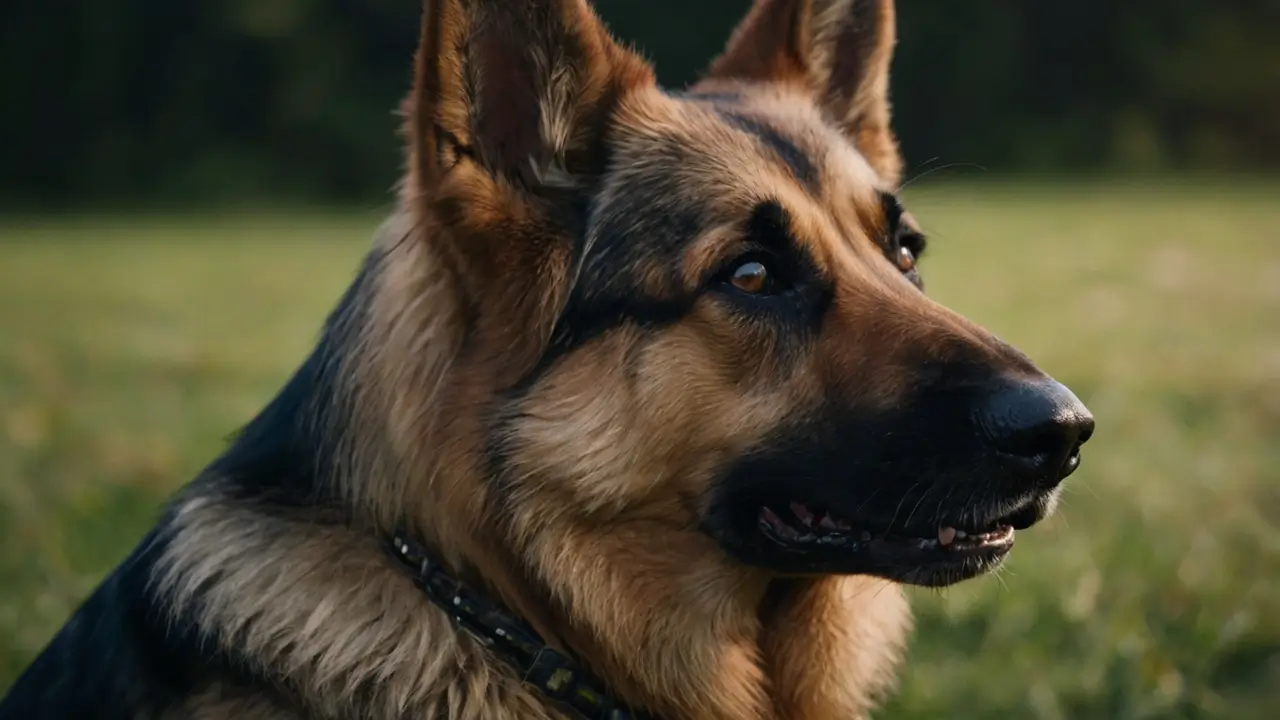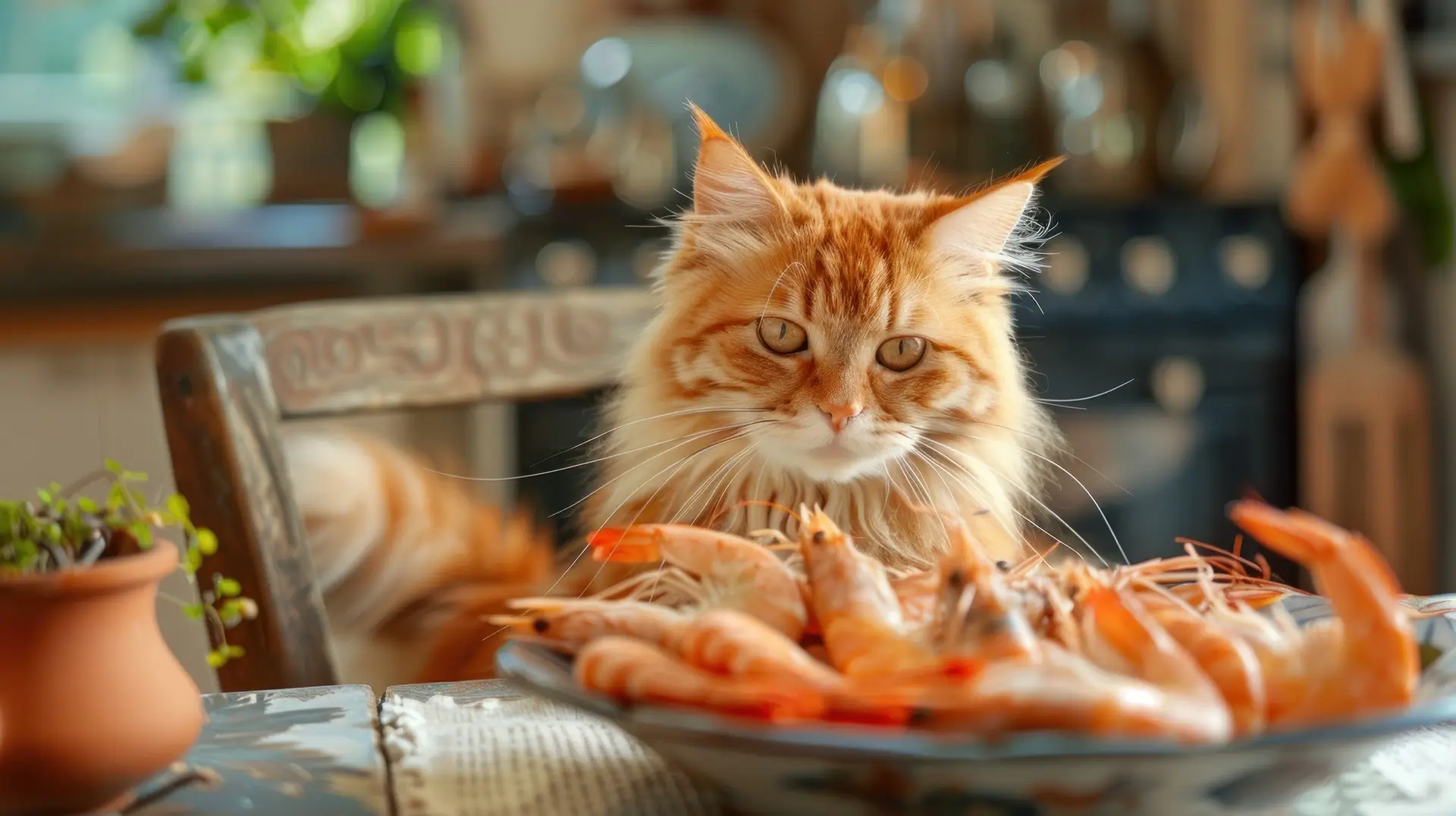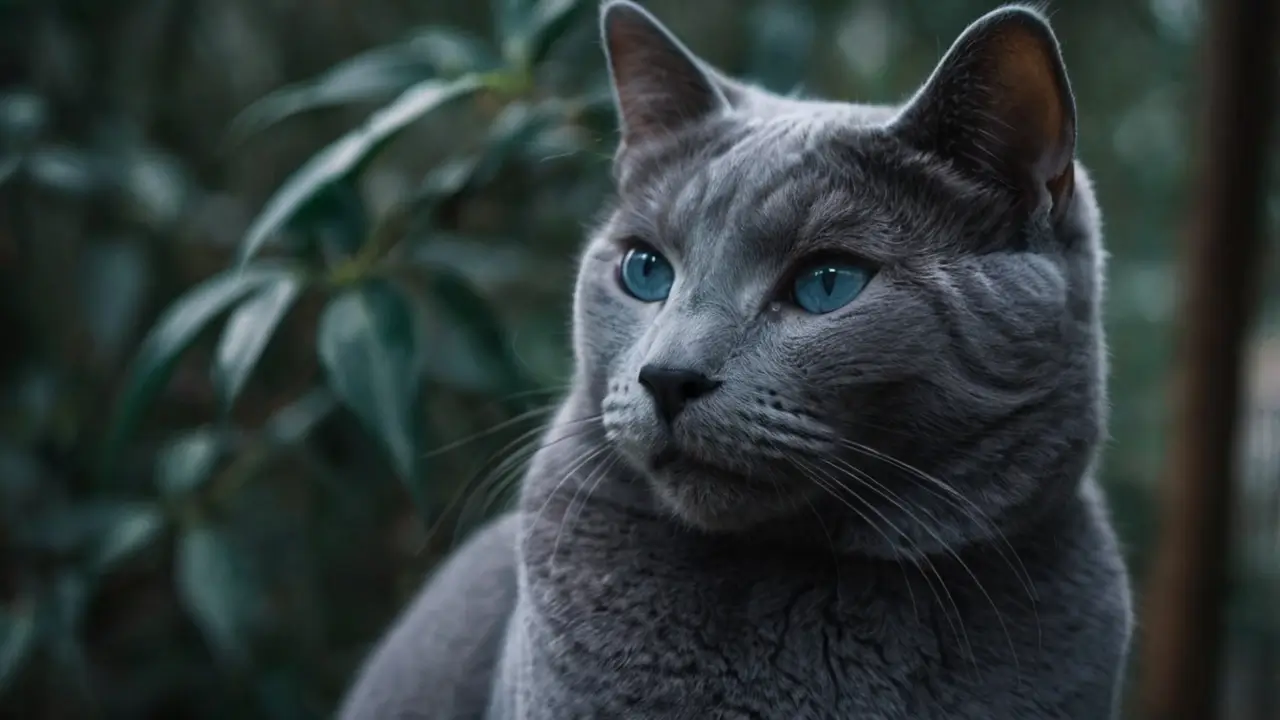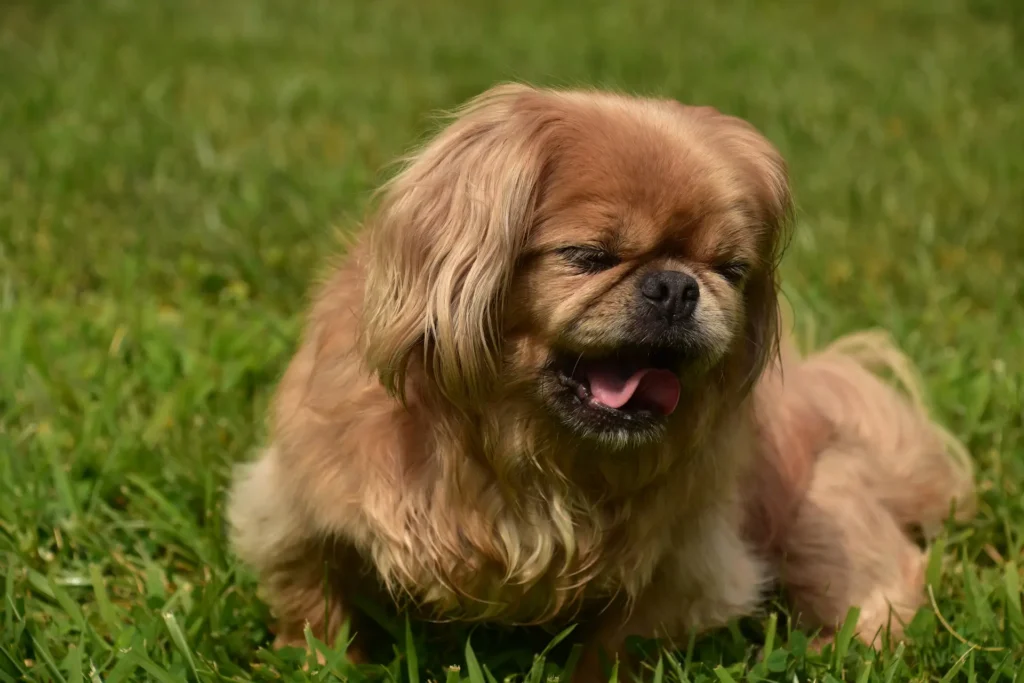The long hair Russian Blue is a variation of the classic Russian Blue cat known for its plush, medium-to-long coat. This breed is admired for its soft texture, radiant silver-blue fur, and elegant demeanor. Also referred to as a Russian Blue cat long hair,. These cats provide both stunning beauty and intelligence. Captivating many kitten lovers in the USA and beyond.
Appearance and Distinguishing Features {#appearance}
Long hair Russian Blue cats stand out with their thick, double-layered coats. The topcoat is soft and glistening. The undercoat adds volume and suppleness. Their fur shades include:
- Light silver-blue to deep charcoal.
- Bright green eyes that contrast beautifully with their coat.
- Long, muscular bodies and wedge-shaped heads.
- Medium-length tails with bushy fur near the base.
This long hair Russian Blue cat variation retains the signature look of the breed. While offering a glossier and fuller coat.
History and Origins
The classic Russian Blue emerged from northern Russia, gaining popularity in Europe during the 19th century. The long-haired variant, however, is rare and historically uncommon. According to breed studies, the Nebelung breed—a recognized long-haired blue-gray cat—is genetically linked to Russian Blue ancestors. This illustrates how long-haired traits may have appeared through careful breeding initiatives.
A Nebelung cat profile confirms that breeders used Russian Blues to create a fluffy, long-haired counterpart. That is known for a calm temperament and elegance.
Long hair calico cat: Explore a colorful, fluffy breed profile.
Personality and Behavior
The long-haired Russian Blue maintains the refined spirit of its shorthair counterpart. Their personality traits include:
- Intelligent and affectionate: They bond deeply with their family.
- Calm and reserved: Perfect for households with kids and other pets.
- Playful curiosity: They enjoy games, interactive toys, and gentle fetch.
Their gentle temperament and bright nature make them an excellent choice for families and individuals. Those who are seeking a loving yet serene feline companion.
Lifespan and Health Considerations
High grooming needs aside, this breed is robust and healthy. Generally, life expectancy ranges from 10 to 20 years. Common health issues include:
- Dental disease
- Upper respiratory infections
- Minor genetic predispositions (similar to Russian Blue)
Owners should follow routine veterinary check-ups and maintain grooming to prevent skin irritation. The lush, long hair Russian Blue coat can attract mats when neglected.
Grooming and Coat Maintenance {#grooming}
Daily brushing is essential for maintaining the long hair Russian Blue’s coat. Here’s a grooming checklist:
- Brush daily: Use a slicker brush to prevent mats and remove loose hairs.
- Bath sparingly: Once every few months when necessary.
- Trim nails and clean ears: Check monthly for hygiene.
- Dental care: Regular brushing reduces periodontal disease risk.
- Seasonal bump check: Winter coat thickens, so lighten grooming to reduce shedding.
Proper care ensures the fur remains healthy and radiant. Preventing discomfort and maintaining the breed’s show-winner appearance.
Tuxedo cat: Learn about the charming black-and-white “dressed” cats.
Nutrition and Diet Needs {#nutrition}
A balanced diet is the foundation of your long hair Russian Blue’s health. Consider the following:
- High-quality protein: Needed for muscle development and skin health.
- Healthy fats (Omega-3, Omega-6): Promote shiny coat and joint health.
- Controlled carbs: Avoid unnecessary weight gain.
Consult with a vet for recommendations and avoid fillers like corn or soy. Learn more about selecting the best dry cat food to support your cat’s diet and well-being. Customized nutrition boosts energy, enhances coat appearance, and prevents obesity.
Living with a Long Hair Russian Blue
This breed adjusts well to indoor living. Due to its adaptive yet gentle nature. Consider these features:
- Calming presence: They are affectionate without being overly demanding.
- Low vocalization: Communicate in soft meows or chirps.
- Compatibility with other pets: Usually gets along with cats and dogs.
- Ideal for apartments or homes: Moderate activity levels suit most households.
Keep them mentally stimulated with toys and cat trees. Regular play keeps them agile and happy, reducing boredom and stress.
Brown Cats: Dive into the diversity of brown-colored felines.
Real-World Owner Experiences
Real stories validate the breed’s charm:
- Sarah in Michigan shared: “My long hair Russian Blue is the perfect mix of beauty and brain. She is calm, curious, and so soft to cuddle.”
- A Reddit user said: “Everyone stops to admire her silver pelt, but people stay for her gentle soul.”
These firsthand experiences highlight these cats as much companions as aesthetic marvels. Their affectionate, sociable character strengthens owner bonds.
Conclusion
The long hair Russian Blue beautifully blends elegance, intelligence, and warmth. This rare variation stands apart with its lush coat and poised personality. It is a fitting companion for families and individuals looking for a serene, loving feline friend.
Proper care through grooming, a balanced diet, and mental engagement ensures a healthy, breathtaking coat and a strong bond. With life expectancy ranging from 10 to 20 years, each moment offers joy and connection.
If you’re seeking a cat with gentle grace, soft fur, and loyal companionship. The long hair Russian Blue is a compelling choice. That is elegant in appearance and heart.
FAQs
1. What is the difference between a Russian Blue and a long hair Russian Blue?
The main difference is the coat length. The long hair version has a lush, medium-to-long double coat. Whereas the traditional Russian Blue has a short, dense coat.
2. How much grooming does a long hair Russian Blue need?
Expect daily brushing to minimize mats and shedding, and occasional baths. This breed requires more grooming than its shorthaired cousin.
3. Are long hair Russian Blues good with other pets?
Yes. They are generally calm and sociable. Adapting well to other cats and friendly dogs when properly introduced.
4. How long do long hair Russian Blues live?
With proper care, they typically live 10 to 20 years. Regular vet checkups, good nutrition, and grooming support longevity.
5. Do long hair Russian Blues shed more than other cats?
They do shed, especially seasonally. Daily brushing helps reduce loose hair and boosts coat health.








